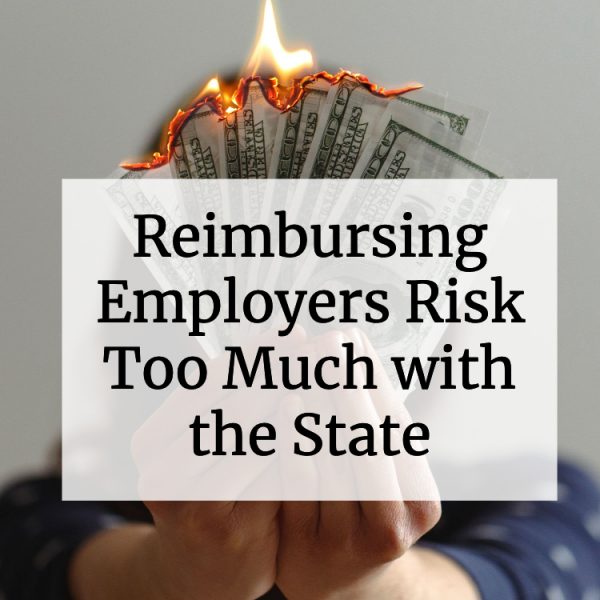After a year of unprecedented losses, reimbursing employers found themselves paying back the state dollar for dollar as a result of circumstances completely beyond their control. Many states sent a high percentage of unemployment payments to individuals who weren’t eligible – or worse yet, who didn’t even apply for benefits. It’s inaccuracies like these that hurt your bottom line, especially during such tumultuous times as what we have encountered with the Pandemic.
Claims Administration
Reimbursing employers rely on the state to accurately approve and deny claims. However, in the April 2020 advisory report, the U.S. Department of Labor Office of Inspector General reported significant numbers of claims paid improperly. In one state, over 71 percent of the 420 sampled claims were to claimants who were not unemployed due to the disaster, did not have adequate documentation of their continuing eligibility, or were paid due to other administrative errors.
Auditing
The OIG also reported concerns that the states have not developed sufficient systems to prevent fraud during initial eligibility determinations and detect fraud if those systems fail. They’re also concerned that the states don’t have the proper systems to pay out the right amount over the correct duration.
The concerns are certainly justified as unemployment fraud hit an all-time high in 2020. According to the Los Angeles Times, states like California saw fraud account for $2 billion in improper payments. Maryland reported over $501 million in fraudulent claims.
Unfortunately, when you rely exclusively on the state to administer unemployment claims, you pay for their mistakes as well. When they’re overwhelmed with unprecedented claim volume, their mistakes ultimately end up impacting your bottom line.
Risk Transfer
Considering that reimbursing employers must reimburse the state, it’s incredibly disappointing to see how many dollars are paid to claimants who are not eligible and should not receive benefits. According to the OIG, the unemployment insurance program, has one of the highest improper payment rates of all government programs. It estimates that the improper payment rate in 2018 was 10.61 percent, and that’s during a year without a pandemic.
Reimbursing employers with the right partner identified these errors upfront, stopped the hemorrhaging, and didn’t require their HR team to administer claims around the clock because they transferred the risk to the right partner. This allowed their in-house HR personnel to focus on the things that matter the most – taking care of their employees, customers, and business.
Based on what you’ve seen in 2020, it’s evident that going it alone with the state presents a significant and unnecessary risk to your business. Working with an industry-leading partner who can accurately administers claims, offer stop-loss insurance coverage, audit claims, and seek recovery of funds is a direct savings to your bottom line. Contact us today to learn more.

